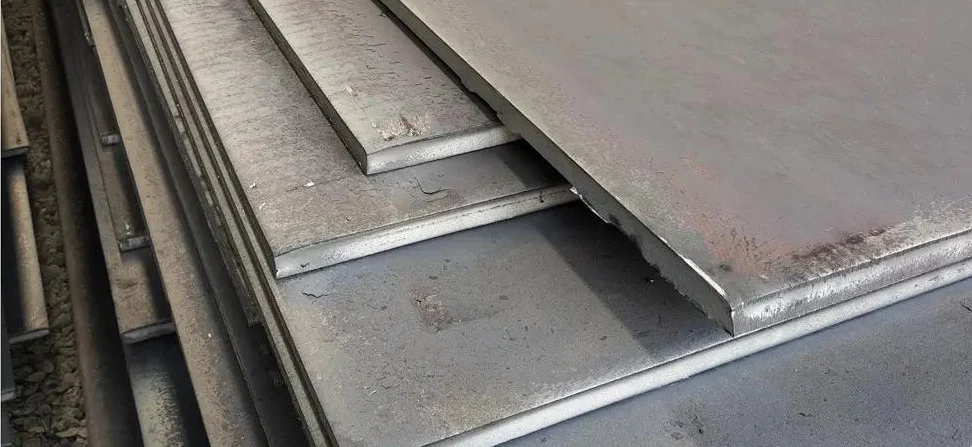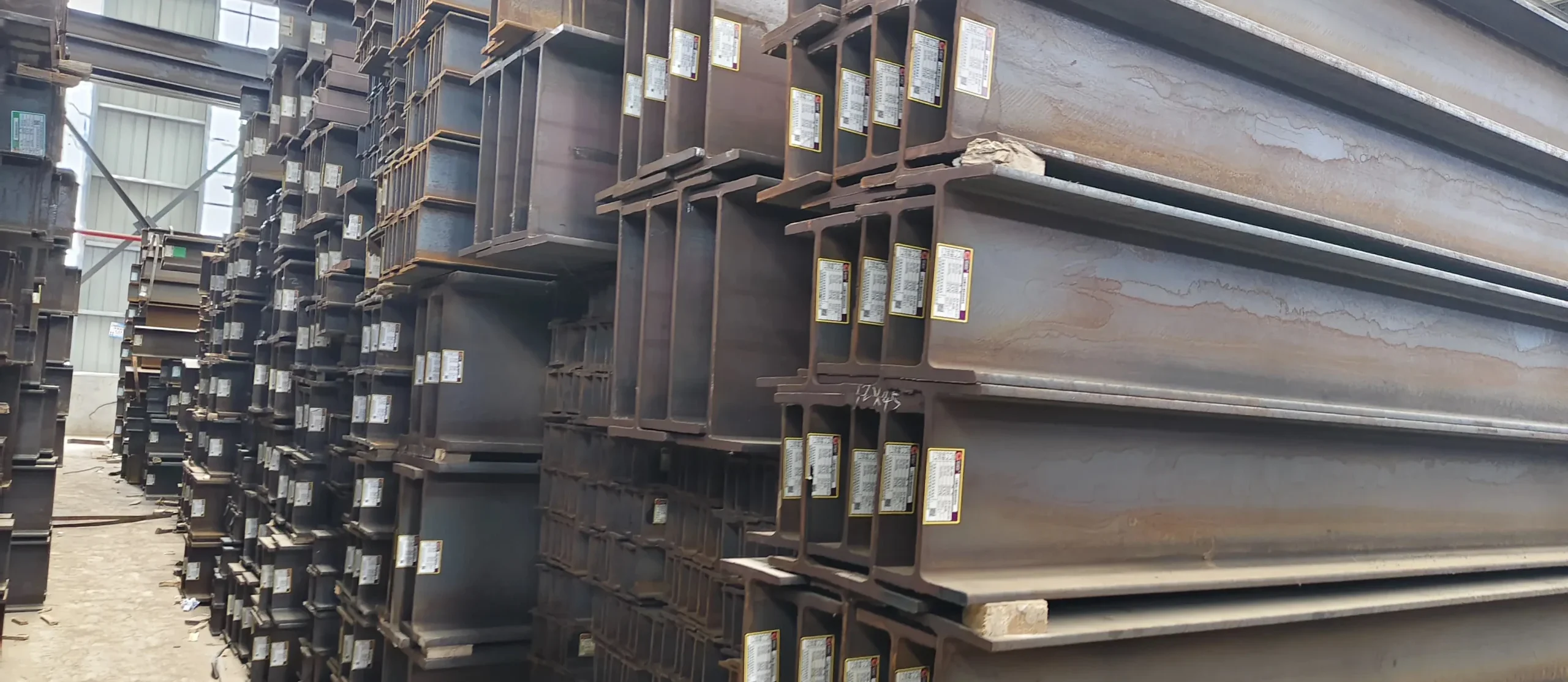For the galvanic corrosion of duplex 2205 stainless steel pipe, the influencing factors are more complicated.

In addition to the nature of the material contacting the duplex steel pipe, it is also affected by several other factors.
The first is the area effect of duplex pipe: the galvanic corrosion rate is related to the area ratio of the anode and cathode phases. Generally, increasing the anode area can reduce the corrosion rate. Knowing from the principle of electrochemical corrosion, small anodes and large cathodes are most likely to form galvanic corrosion. For example, the corrosion of test pieces with iron rivets on 2205 stainless steel pipes immersed in seawater is the case, and the iron rivets will be severely corroded. On the contrary, the connection between the large anode and the small cathode is not prone to galvanic corrosion. If there are copper rivets on a large iron plate, the galvanic effect is greatly reduced.
If galvanic corrosion of duplex 2205 pipes is controlled by cathodic diffusion, the effect of the area ratio of the anode and the cathode on the corrosion rate is more complicated. For example, when the cathode depolarizer (oxidant) is oxygen, the cathode process is often controlled by the diffusion of oxygen. The cathode metal only functions as an oxygen electrode.
The second is the installation environment factor of duplex 2205 stainless steel pipe. For galvanic corrosion, the environment with very different environmental factors has different corrosivity, and the degree of corrosion of duplex steel is also different.
Generally, metals with lower corrosion resistance in certain environments are the anodes of galvanic couples. Sometimes the potential of the same galvanic couple will be reversed in different environments, thereby changing the polarity of the material. For example, after steel and zinc are coupled, zinc is corroded in some aqueous solutions, and steel is protected. If the water temperature is higher (above 80°C), the polarity of the galvanic couple will be reversed and the steel pipe will be corroded as the anode. Another example is the coupling of magnesium and aluminum in a neutral or slightly acidic sodium chloride solution, and magnesium is anodic. However, as the magnesium continues to dissolve, the solution becomes alkaline so that aluminum becomes anode.
Galvanic corrosion effects easily occur at the joints of duplex stainless steel pipes. This is because the corrosion current distribution of the anode metal in galvanic corrosion is not uniform, and the accelerated corrosion caused by the galvanic effect is the largest at the joint. The farther away from the joint, the smaller the corrosion. In addition, the conductivity of the medium will also affect the galvanic corrosion rate.
Posted by KAYSUNS, the duplex pipe fittings supplier



